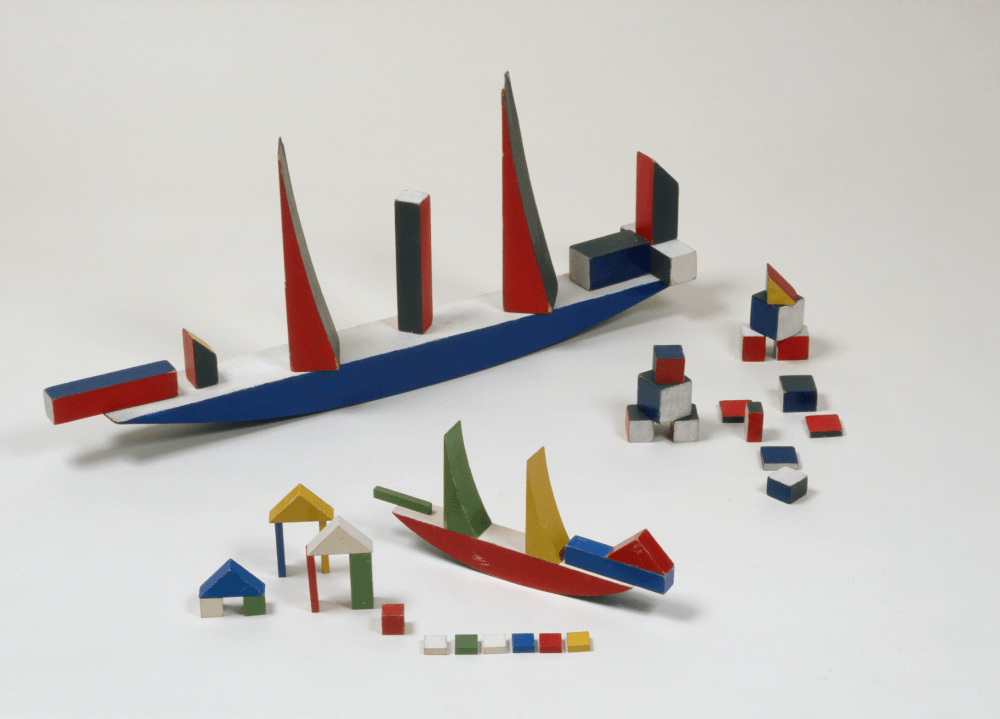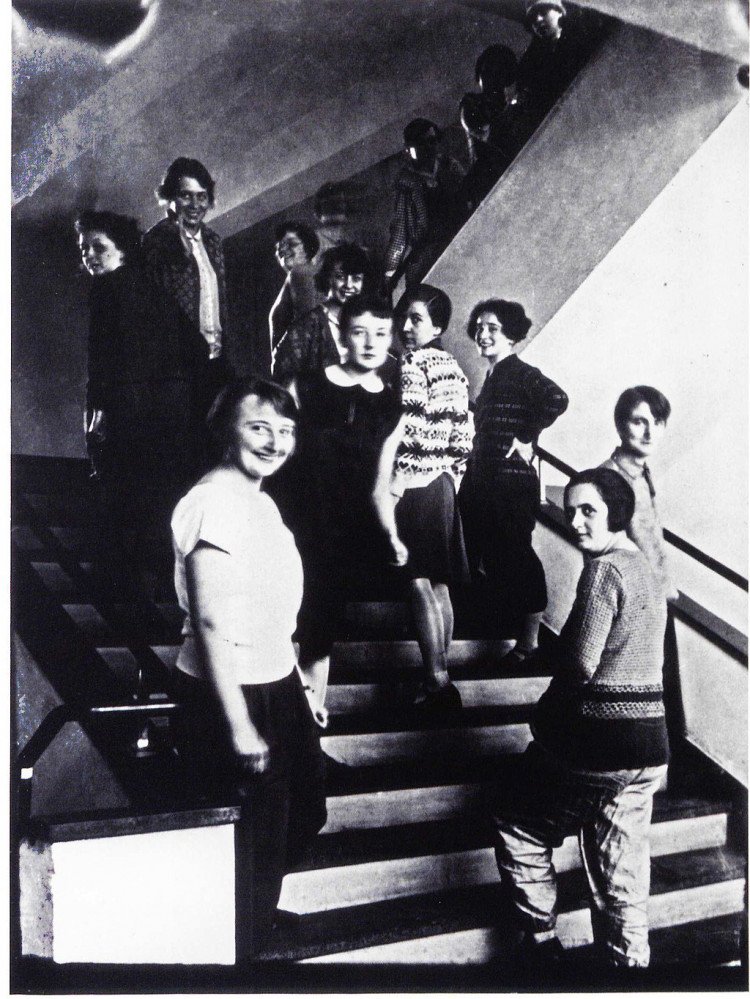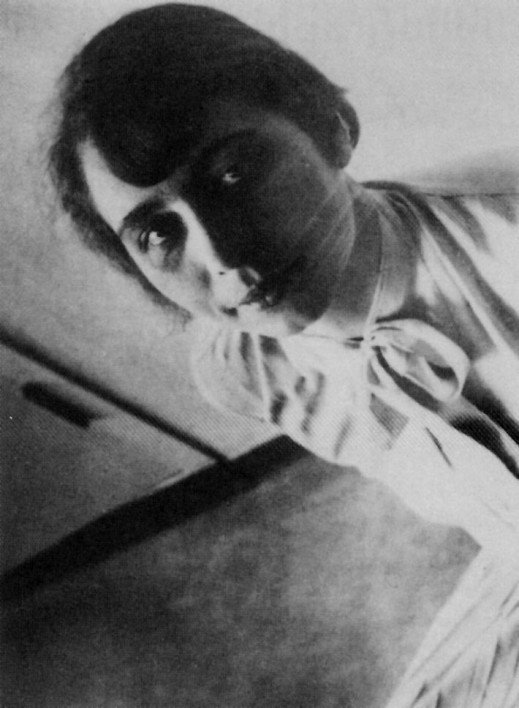Kunst und Geschlecht

»Eine Frau gehört nicht in die Metallwerkstatt, war die Meinung. Man hat dieser Meinung Ausdruck zu verleihen gewusst, indem man mir vorwiegend langweilig-mühsame Arbeit auftrug.«
Marianne Brandt, Studentin am Staatlichen Bauhaus zu Weimar
»Wo Wolle ist, ist auch ein Weib, das webt, und sei es nur zum Zeitvertreib.«
Oskar Schlemmer
Gleiches Recht für Alle! – Gleichberechtigung?
Was wollten die Frauen am Bauhaus? Nichts anderes als die Männer: Anerkennung und gleiche Chancen. Sie wollten die Werkstätten frei wählen – ihr Talent sollte entscheiden, nicht ihr Geschlecht.
Und dafür sah es zunächst auch gut aus am Bauhaus: Nachdem Frauen ab 1918 wählen durften, nahm das Bauhaus ab 1919 Frauen zum Studium auf – etwa die Weberin und Textildesignerin Gunta Stölzl, die Fotografin, Malerin und Bildhauerin Marianne Brandt, die österreichische Malerin, Kunsthandwerkerin und Architektin Friedl Dicker oder die (Spielzeug-)Designerin Alma Siedhoff-Buscher. Damit gehörte das Bauhaus zu den ersten Lehreinrichtungen in Deutschland, die dies offiziell taten. Abgesehen von einigen wenigen Vorreiterinnen durften Frauen immerhin ab 1986 als Gasthörerinnen an Vorlesungen teilnehmen oder ab 1907 in Thüringen.
Teils belächelt und oft unterschätzt
Ein Ort für ein neues Miteinander wollte das Bauhaus sein. Frauen und Männer arbeiteten und lebten gemeinsam. Gunta Stölzl etwa kam als erste Frau in leitende Position: als Meisterin der Weberei. Gleichberechtigt indes war sie jedoch nicht – zumindest nicht in der Bezahlung. Ihr Gehalt lag merklich unter dem ihrer männlichen Mitstreiter.
Die Schirn Kunsthalle Frankfurt beleuchtete 2015 diese ersten Bestrebungen der Gleichstellung in der Kunst mit der Ausstellung »STURM-FRAUEN. Frauen der Avantgarde in Berlin 1910-1932«.
Nicht nur in der Kunst, auch in anderen beruflichen Feldern werden Frauen bis heute in der Regel weniger gut bezahlt als Männer, in Bewerbungsgesprächen wird ihnen anders begegnet als Männern. Meist wird ihnen weniger zugetraut, wie die Designerin Hanne Willmann im Interview mit dem DEAR MAGAZIN beschreibt: »Da wird dann beispielsweise argumentiert, dass für die Sofas die Männer zuständig seien und ich stattdessen einen Beistelltisch entwerfen solle. Ich glaube, dass man Männern von vorn herein größere und komplexere Produkte zutraut.«
»Oh mein Gott, du bist eine Frau und hast vor, dich bei großen Firmen zu bewerben, und was machst du, wenn sie deine Arbeit nicht mögen? Und wenn nach der dritten Bewerbung wieder eine Ablehnung kommt?«
Patricia Urquiola, Designerin, Architektin, Mutter von zwei Töchtern
Diskutieren
- Frauen in der Kunst: Wie lassen sich kreative Berufe heute mit Familie vereinbaren?
- Mit welchen Mitteln wird versucht, die weibliche Perspektive in Kunst und Gestaltung präsent zu machen?
Weiterlesen

